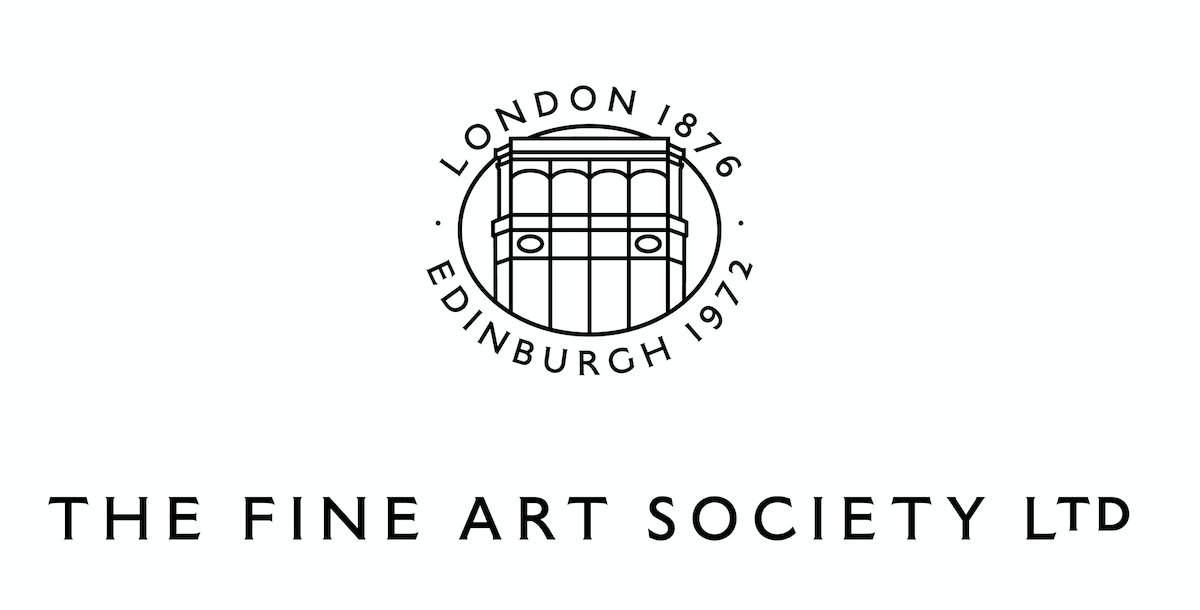mark gertler: a family history
-
"as a family, we do love our things! a sense of putting down roots, isn’t it. making a nest. my uncle was also curious about the world." - jeannette gertler
-
-

Mark Gertler, 'Merry-Go-Round', 1916, Tate Collection, London
-

Jeannette with Mark Gertler's carved brazil nut pod
-

Mark Gertler, The Doll, 1914, The Ingram Collection
-
Florrie: And can you tell us any family stories about your uncle?
Jeannette: When he was about three or four, very young, my family lived on the borders, in Austrian Poland, they had an inn there. Soldiers used to go into the inn and they were called the Hussars, and they were huge chaps. Quite frightening, if you saw them they were terrifying to see, so vicious looking, my father used to say, terrifying drunks. They used to go to this pub and see Mark as a little child. I don’t know why, but they were really taken by him to such a degree that they had a little uniform made, in miniature, for him.
Patrick: Like a mascot?
Jeannette: Yes! They frightened everyone else, but not Mark. They’d sit him up upon the bar, and they were fascinated by Mark and they adored him. But eventually the family were worried about him being with these men because they got drunk and would wave their sabers around.
Florrie: And to think he grew up to become a pacifist who painted The Merry-go-round and that he’d had this childhood experience!
When the family returned to London, he can’t have been much older than what you describe, and your father must have been around ten. At that point, I gather they only spoke Yiddish and were near-destitute. They were plunged into a totally different world. I find it compelling that Mark Gertler came from a family in that position, that supported his elevation and ambition to train as an artist. I know that he worked very hard to make that happen, he worked for a time for a stained glass company and then had a scholarship to the Slade. Did that inspire your father too?
Jeannette: My father used to, what do they call it, carry his paintings, helped to carry his paintings to various exhibitions and clients, he used to do the carrying for it. He saw it all. My father, another thing he did like Mark [Gertler], was he went to France. Mark was painting, but my father, he was quite talented too – at playing the piano. He was in Paris and he played the piano to earn them money, and apparently, he got a job at a club playing the piano and was able to live in Paris on this money.
-

Jeannette's tribute to Mark Gertler
-

Mark Gertler, The Violinist, 1912, Private Collection. Christies Images
-
Jeannette: No, this was a man, a male. They both used to have long talks together, D.H Lawrence! The name comes back to me! They both thought of life as pain, it was depression. Both of them talked the same way, that life wasn’t worth living. The reason, the very strange reason, the reason being that they were both absolutely brilliant; and they were geniuses, both of them. He was writing, Mark was painting and both had nothing more to experience. Therefore, life was boring. You’ve done it all, you’ve done everything. They’re both geniuses, they’ve done everything you possibly can do. There’s nothing more to experience. So finish it. That’s why he killed himself. It wasn’t so much Dora Carrington, it was because he was with this person, they encouraged each other in their pain. Just imagine if you’d experienced everything, there’s nothing more to experience. What are you to live for? What was amazing, was the letters they wrote to each other. My father kept those letters tucked in a book. I was young, I was a young child when I found and read them. I didn’t understand. I put the book away… and tried to forget all about it.
Florrie: Oh wow, you saw and read these letters?
Jeannette: Yes. Don’t know what became of them. The letters they wrote to each other were all on how tired they were with life. I was moved by them, and I thought it strange. Strange that my father had hidden them in a book. They didn’t seem very happy, but I didn’t fully understand. I just saw pain. I didn’t dare ask my father what he thought. I don’t think I even admitted to reading them.
Florrie: How old would you have been when you found those letters Jeanette?
Jeannette: I think about twelve to fourteen. I don’t think people really knew about how they both felt in life. Yet D.H Lawrence he lived on didn’t he, normally. My poor uncle.
Florrie: I wonder, did you call [your son] Mark on account of your uncle? As a tribute?
Jeannette: Yes! My father, he said don’t do it, it’ll be bad luck! But look at Mark. He’s here, and he’s my angel.
We leave Jeannette to eat her lunch, and Mark steers us into the garden where we sit with tea beneath an apple tree. The flower beds are carefully bordered with ancient worked flints and unusual stones that Mark has collected from the Thames and local walks. In his way, he has created a composition his uncle would surely understand.
Mark Gertler's 'Fishes', 1937, is on view and for sale at The Fine Art Society in London.
To visit, please make an appointment here.
For all enquiries, please contact the gallery at london@thefineartsociety.com or call +44 (0)207 629 5116
-
-

View Mark Gertler
Fishes, 1937oil on canvas
34 x 44 inches -

Browse our exhibition history
-

Read more from this issue of The Journal
-
-
CLICK HERE TO SIGN UP TO RECEIVE THE FINE ART SOCIETY'S JOURNAL











